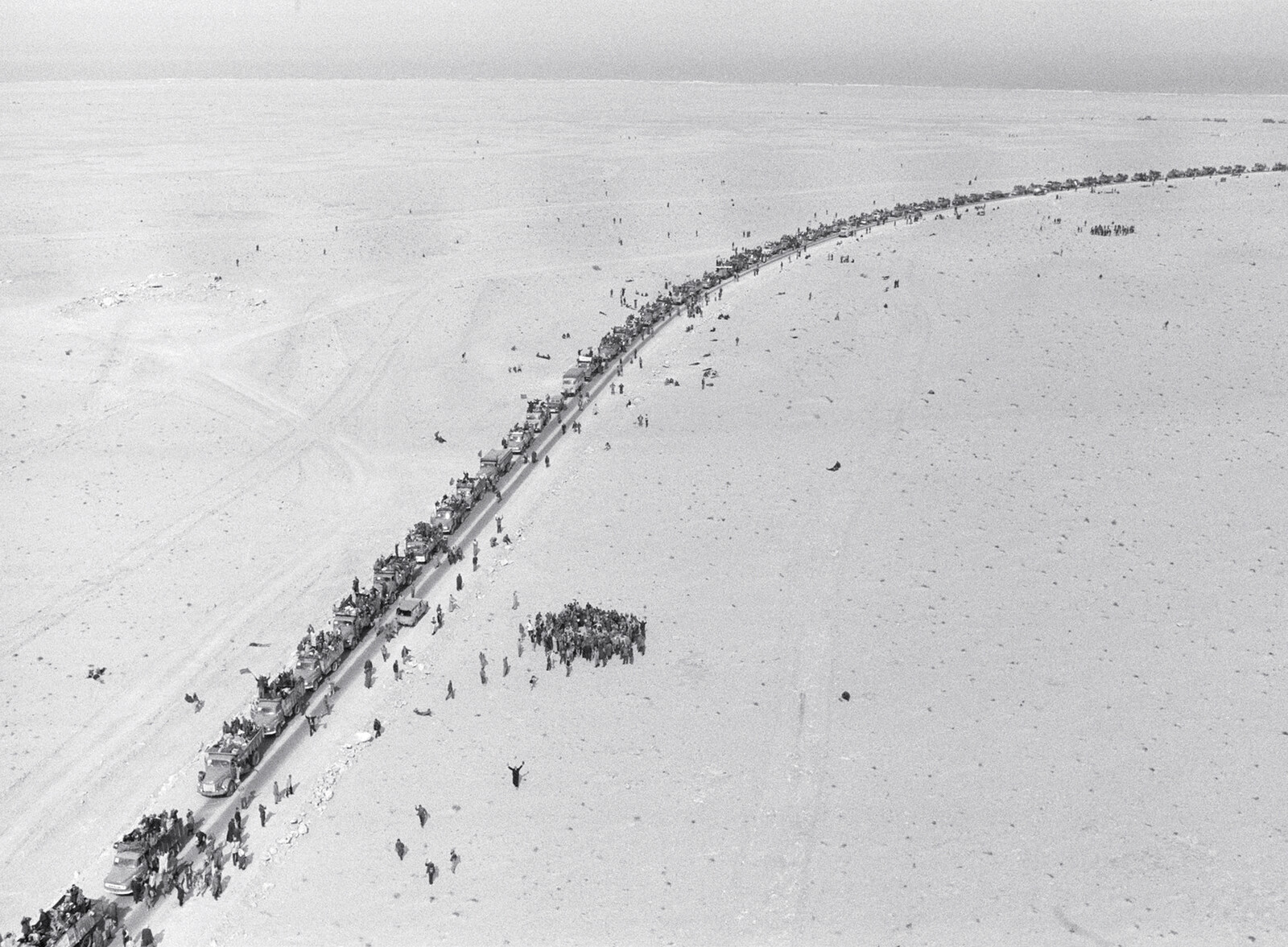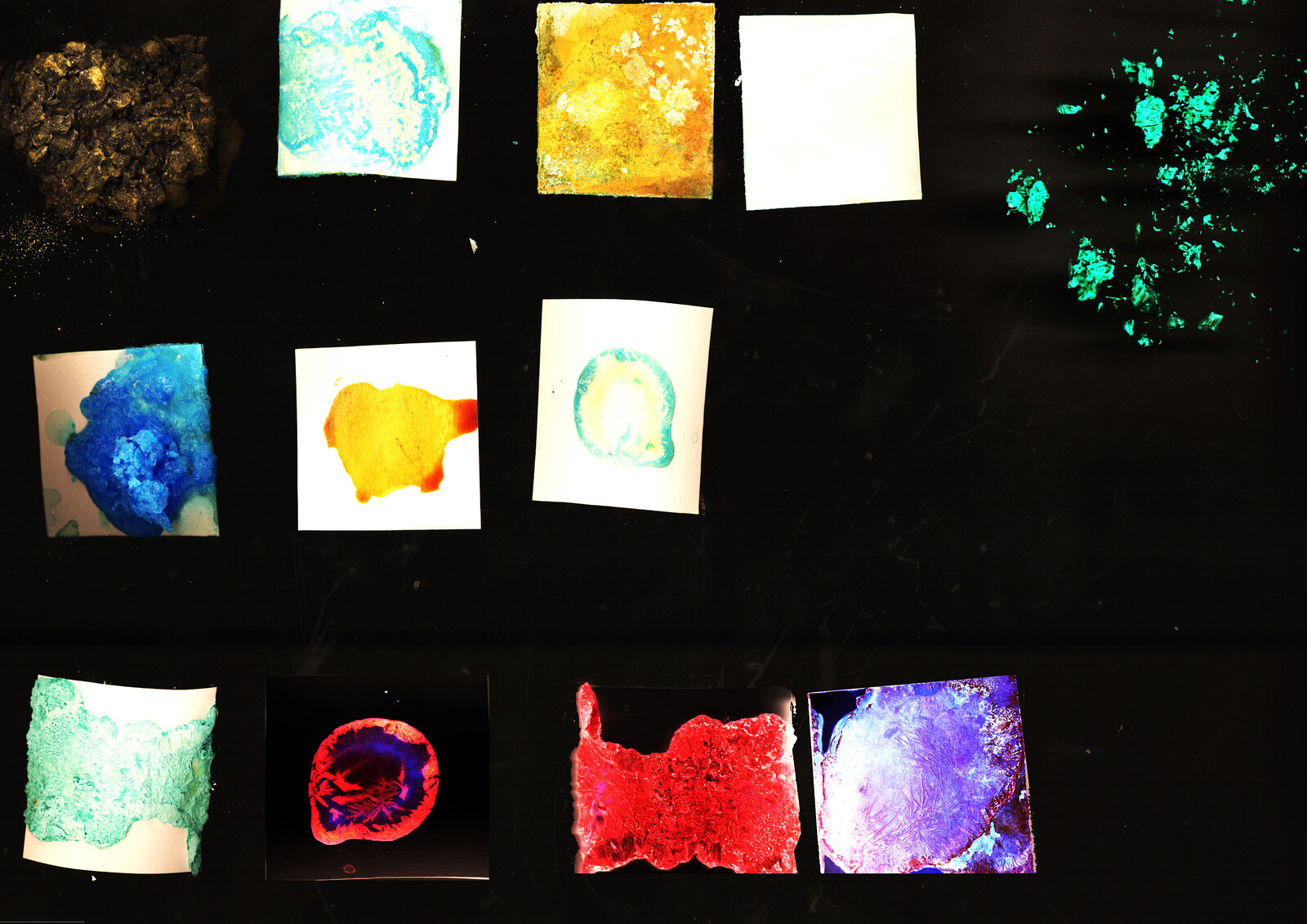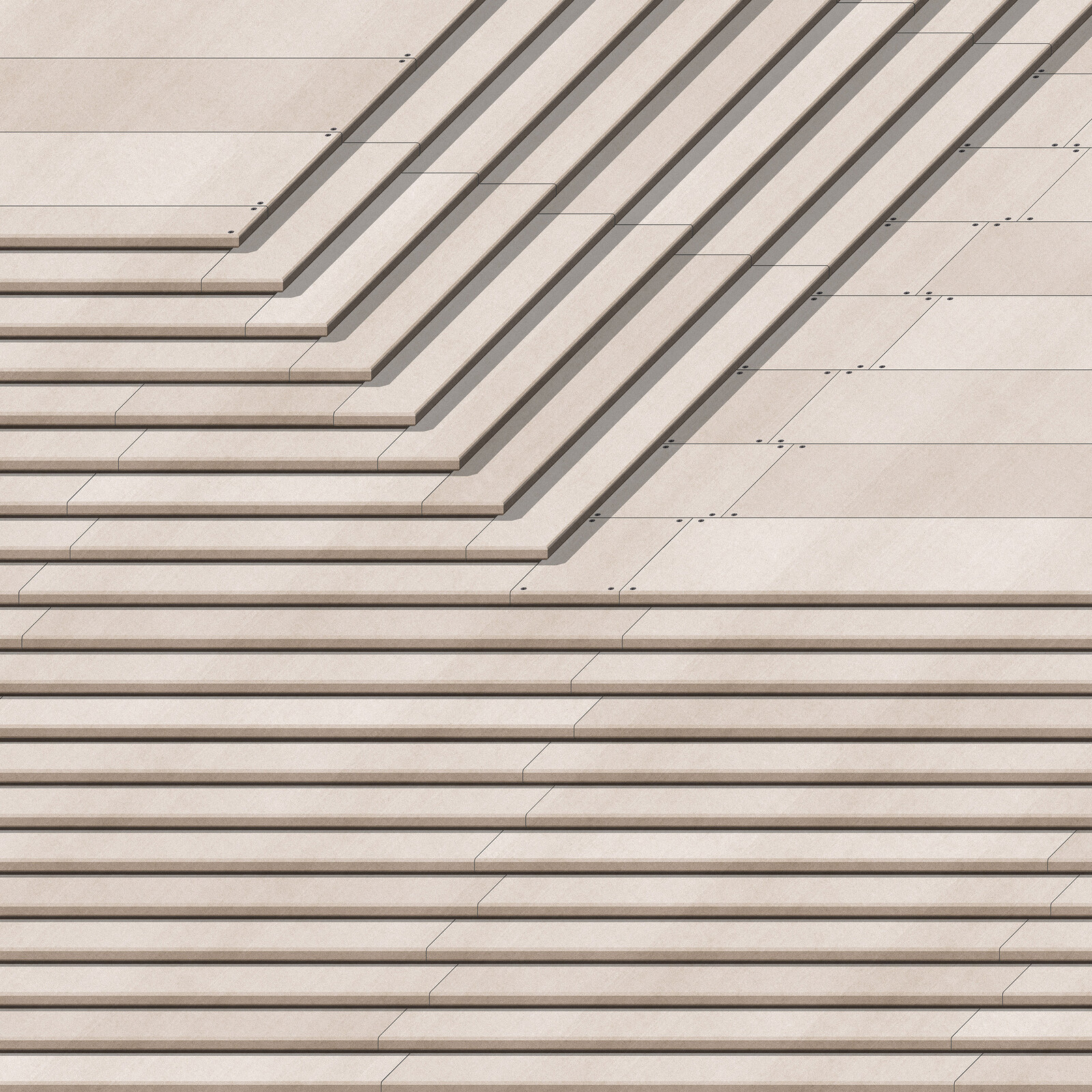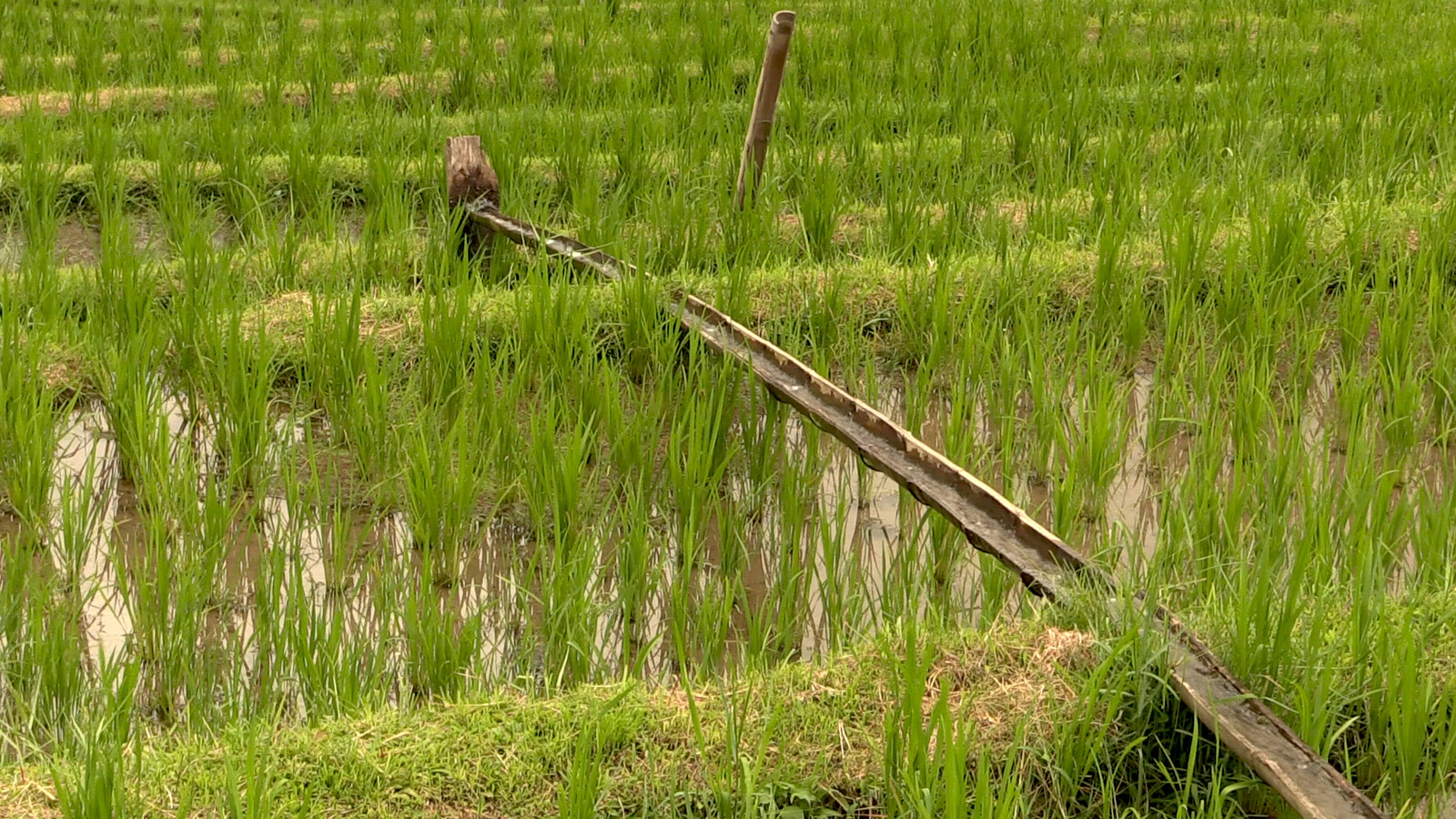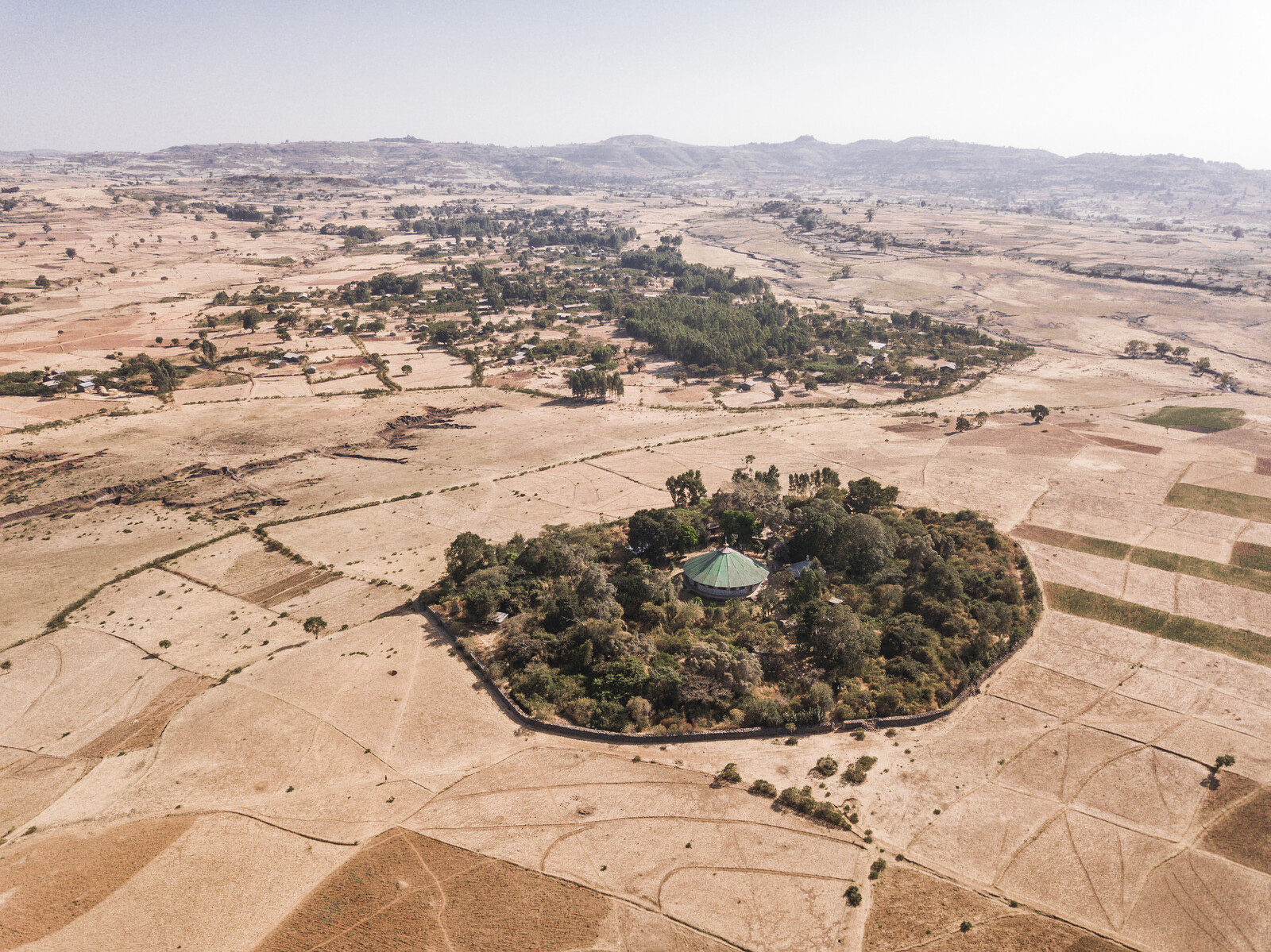At the end of 1975, after Morocco invaded Western Sahara, the Saharawi resistance began to gather photographs belonging to Moroccan soldiers who were captured or felled in battle. Other photographs were found among the documents stored at the Moroccan military bases conquered by the Polisario Front. The majority of these photographs are simple portraits of the soldiers’ wives, girlfriends, children, and parents, or images depicting daily life in Morocco; others show the soldiers in the trenches, taken in moments of rest. During the years of the Western Sahara War (1975–1991), these photographs grew into an involuntary archive, stored at temporary locations in the Algerian Desert where the exiled Saharawi had sought refuge. Initially gathered as a means of proving that a conflict existed, the photographs have survived and, with them, traces of a war that has remained invisible, largely ignored by the international press. It was even more invisible for the Kingdom of Morocco, which, after sending the army to fight the Saharawi, wanted to forget the fate of its soldiers—both those made prisoners of war and those slain in battle—considering them inconvenient proof of a long-denied war. The decision to preserve the photographs as a way to unveil the conflict has made the Saharawi the involuntary guardians of the memory of another people. Their memories of a time before exile and the memories of their assailants have become interwoven through the pictures collected.
If the Saharawi have assumed the role of guardians of these pictures, it’s only in a temporary sense, for they await the moment when political conditions will allow for the images to be returned to their rightful owners. One day when the occupation has ended, the photographs will be returned not to the state but to those families who lost loved ones in an unjustifiable war as a sign of a reconciliation between all those who were enemies against their will. It is only in its orientation toward peace that the survival of this collection of photographs seems legitimate. The dispersion of this archive will mark the end of a colonial war.
A Saharawi proverb suggests eliminating the distance of four fingers that separates the eye and the ear: superimposing the senses, as a way to practice a new vision of the world. It is in the occupied territories and in one of the most inhospitable deserts that the Saharawi people fight against the motionless time that the oppressor tries to impose. Decolonizing the space and time of the Sahara is at the core of the guardianship of this archive generated by war. Keeping the archive is a way for the people to fight their invisibility with images that invite others to listen. Through this and other gestures—building houses by hand with sand-filled plastic bottles to resist the desert’s destructive temper, cultivating vegetables to feed people and animals, documenting the occupation and ongoing oppression with a collective eye—the Saharawi strive to achieve a self-determined life. Theirs is a struggle that oscillates between improving living conditions in exile and under occupation, never forgetting that exile and occupation are transitional and need to be lived through with the dignity to enable freedom for future generations.
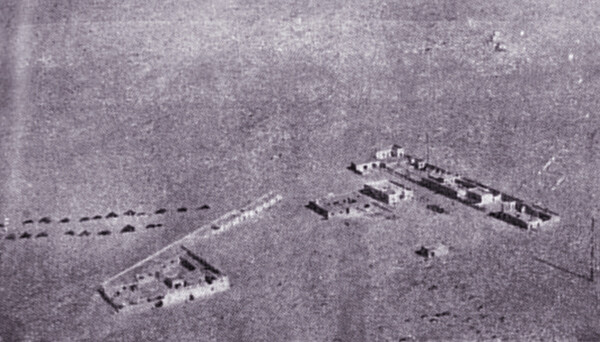

Spanish colonial presence in Western Sahara, La Gueira, ca. 1950.
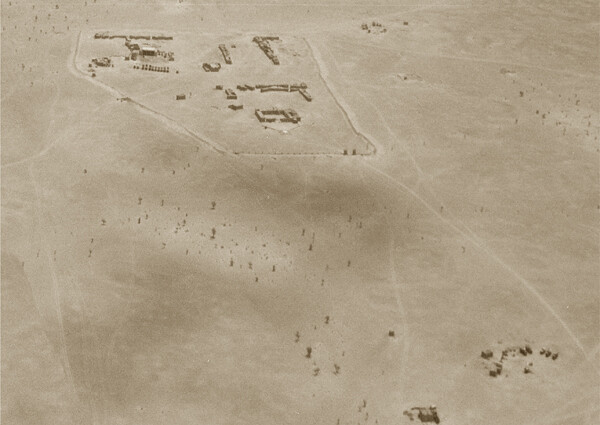

Moroccan army posts close to the border wall, ca. 1985.


Military fortification at Villa Cisneros (today Dakhla), circa 1930. Spanish military and civil buildings were progressively demolished by Morocco to remove all architectural traces predating the invasion.
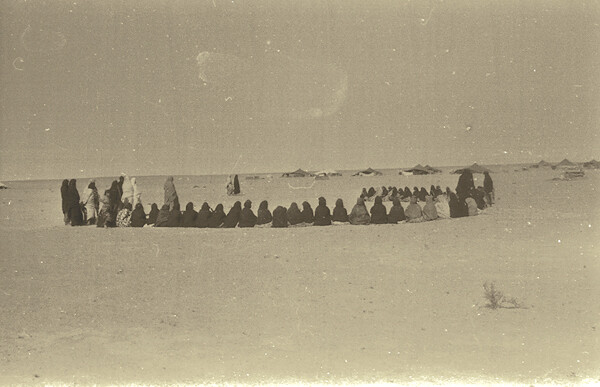

Gathering of Saharawi women in the earliest refugee camps set up in the south-west of Algeria. Tent camps were set up near the water wells of the Tindouf region. January 1976.
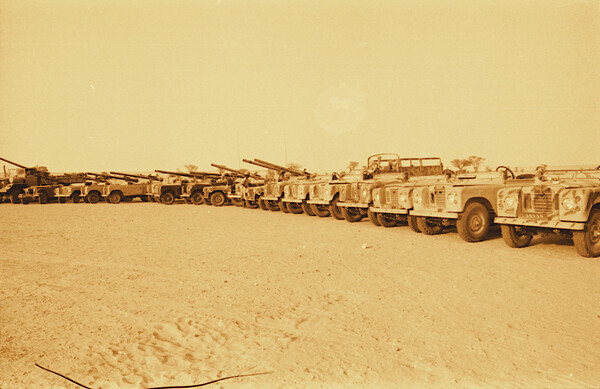

Weapons and military vehicles seized by the Sahrawi guerrilla from the Royal Moroccan Armed Forces, 1976–1991. The equipment, after having been arranged in temporary installations in the desert and displayed to the press, UN officials, and international observers, was later reused in action.
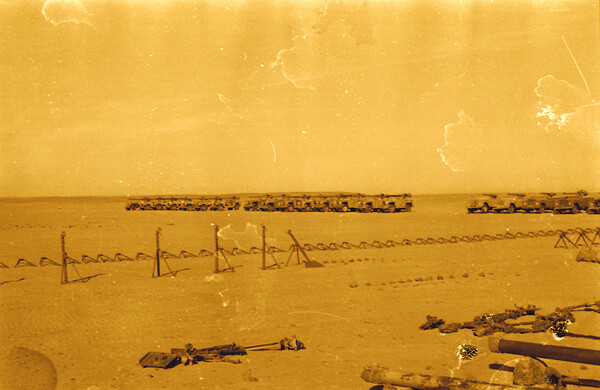

Weapons and military vehicles seized by the Sahrawi guerrilla from the Royal Moroccan Armed Forces, 1976–1991. The equipment, after having been arranged in temporary installations in the desert and displayed to the press, UN officials, and international observers, was later reused in action.


Weapons and military vehicles seized by the Sahrawi guerrilla from the Royal Moroccan Armed Forces, 1976–1991. The equipment, after having been arranged in temporary installations in the desert and displayed to the press, UN officials, and international observers, was later reused in action.
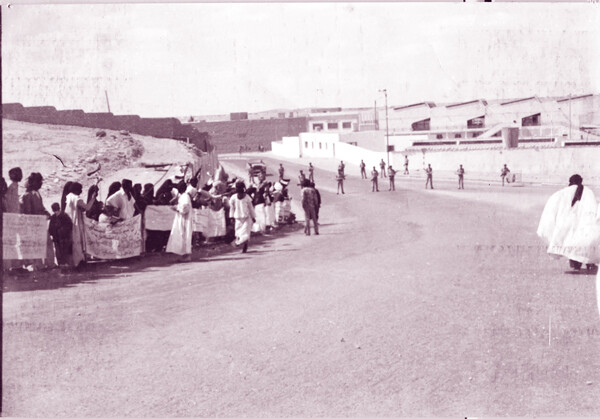

Demonstration of the Polisario Front against the Spanish colonial administration, Villa Cisneros, 1975.
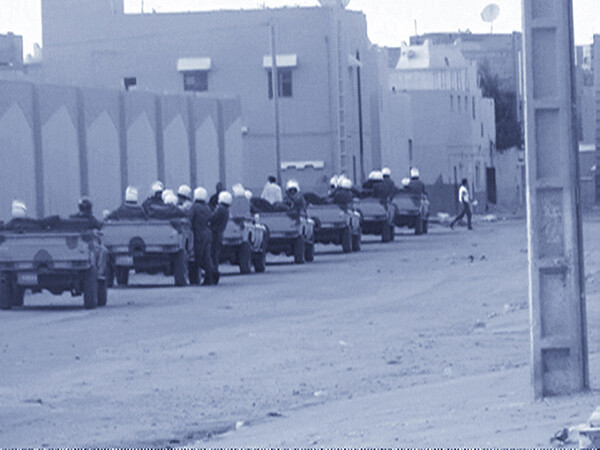

Occupation of Western Sahara, 2000s–. Source: Equipe Media.
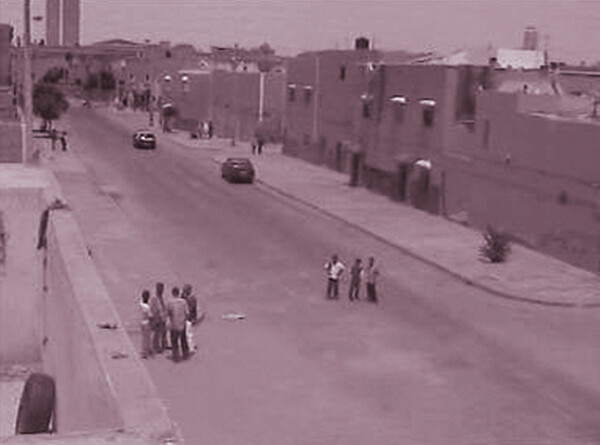

Occupation of Western Sahara, 2000s–. Source: Equipe Media.
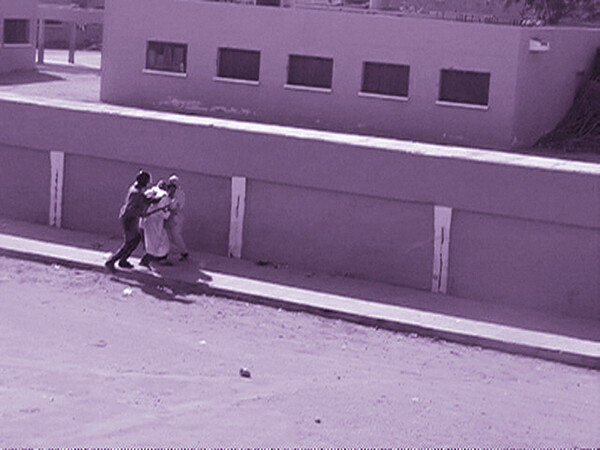

Occupation of Western Sahara, 2000s–. Source: Equipe Media.
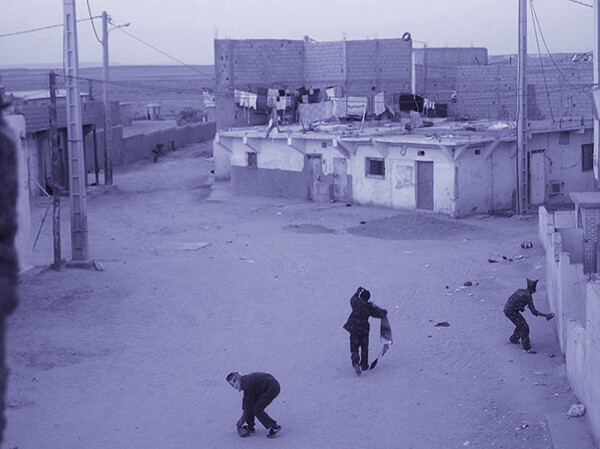

Occupation of Western Sahara, 2000s–. Source: Equipe Media.
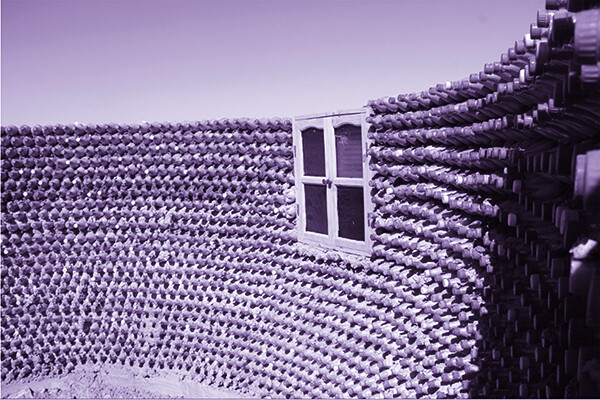

Tateh Lehbib constructing with recycled materials, 2016–.
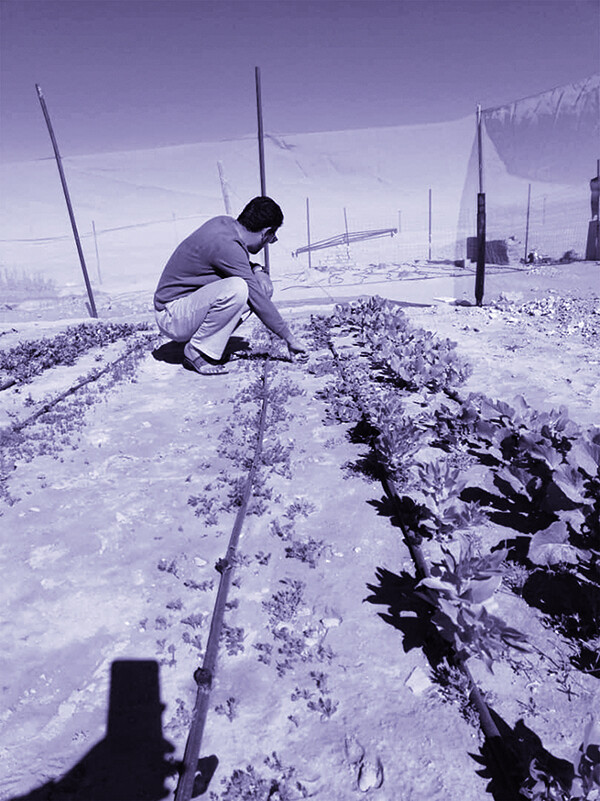

Taleb Brahim cultivating in the desert, 2016–.
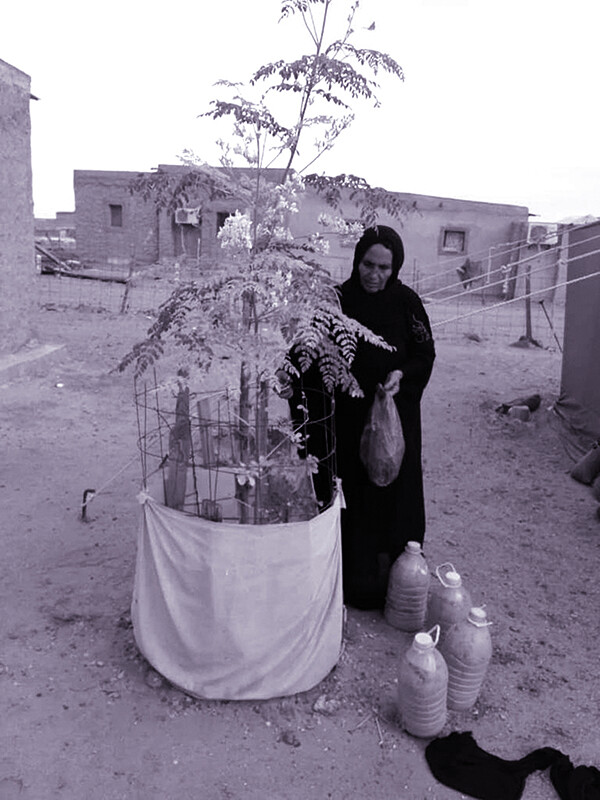

Taleb Brahim cultivating in the desert, 2016–.
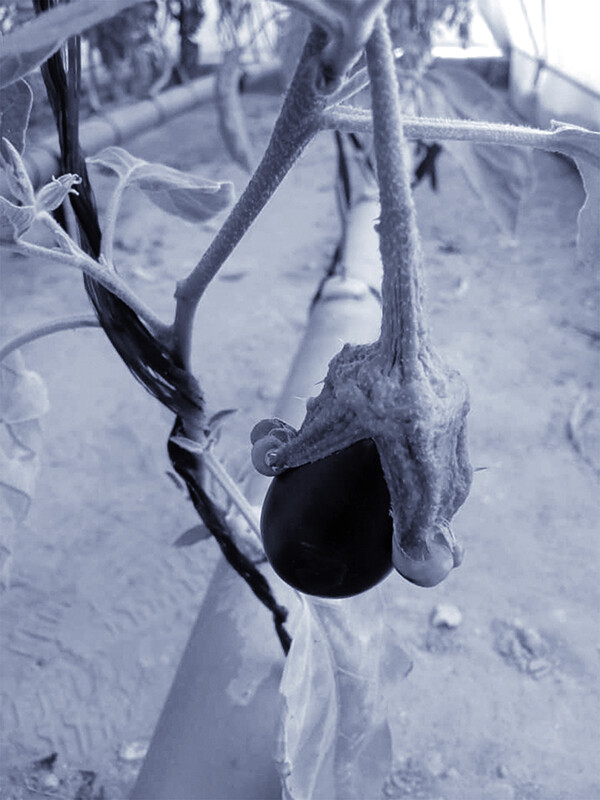

Taleb Brahim cultivating in the desert, 2016–.


Visit of the Informal Collective to Tindouf and Smara to view the photo archives of the Sahrawi Museum of Resistance, as part of a project called Necessità dei volti, 1999.
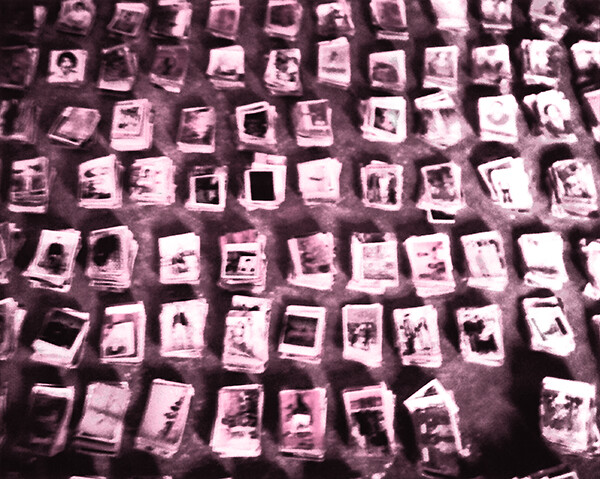

Photo archives of the Sahrawi Museum of Resistance, 1999. Photo: Informal Collective.
Conditions is a collaboration between the Sharjah Architecture Triennial and Africa Is a Country, Ajam Media Collective, ArtReview, e-flux architecture, Jadaliyya, and Mada Masr, within the context of its inaugural edition, Rights of Future Generations.
